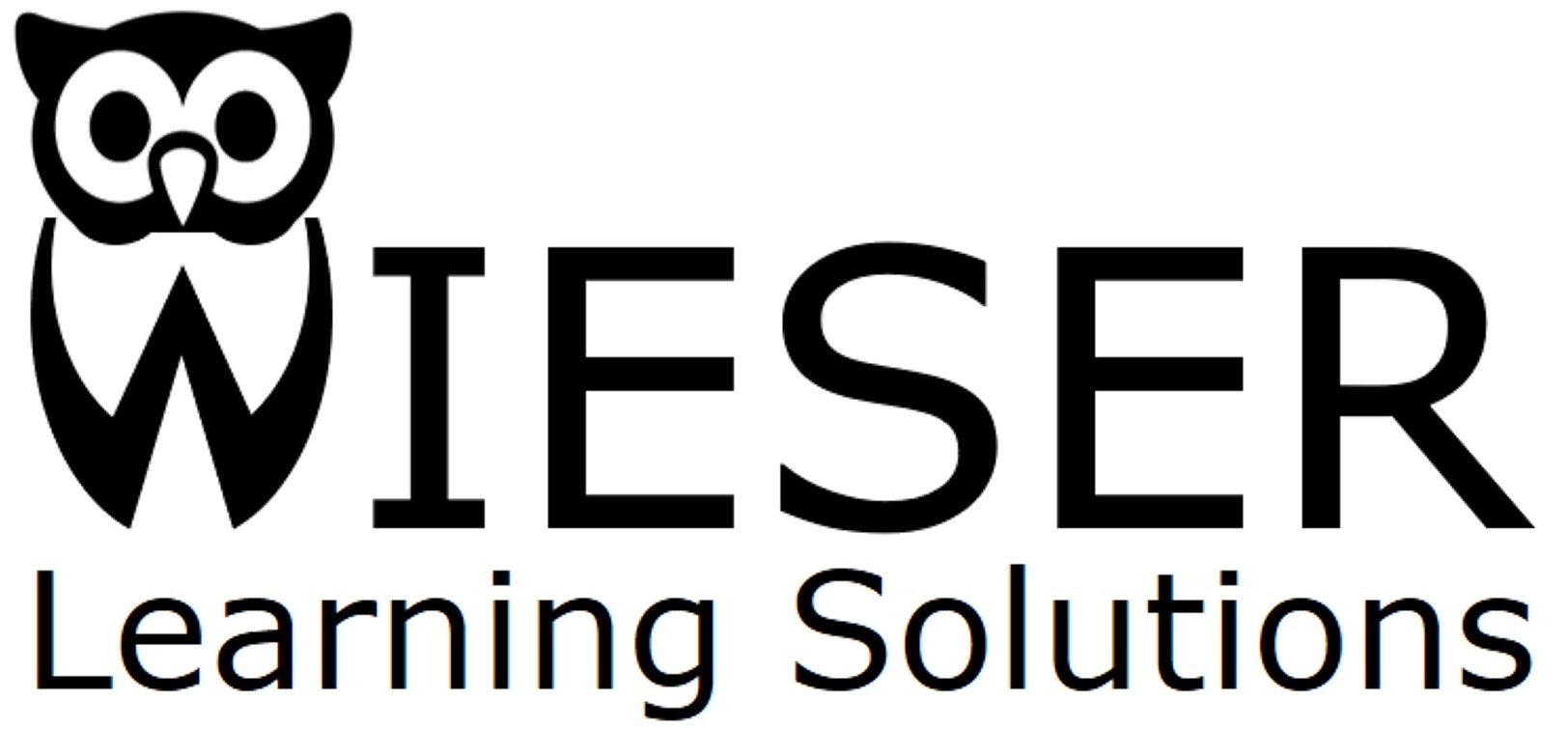As learning and development professionals, we are always looking for new and innovative ways to engage learners and help them retain important information. One approach that has gained recent popularity is using escape rooms in eLearning. Escape rooms are immersive and interactive experiences that challenge participants to answer questions or solve puzzles, then escape from a room or scenario within a set amount of time.

When is it appropriate to use an escape room in eLearning?
Escape rooms can be an effective way to engage learners and provide a memorable learning experience. Here are a few scenarios where using an escape room might be appropriate:
- Practice for quick recall: If you have content that learners need to memorize or have quick recall, the timed nature of an escape room can provide that practice and reinforcement in a fun and engaging way.
- Reinforcing key concepts: If you have a complex or abstract concept that learners need to understand, an escape room can provide a memorable and interactive experience that reinforces the key points.
- Promoting collaboration: Escape rooms can be designed to require teamwork and collaboration to solve. This can be a great way to encourage learners to work together and develop their communication and problem-solving skills.
- Providing a fun break from traditional learning: Sometimes learners can become fatigued or disengaged with traditional eLearning formats. An escape room can provide a fun and exciting break that keeps learners engaged and motivated.
In this example, the escape room was designed as a way for a (fictional) company to assess baseline knowledge prior to applying for a position. This served as a screening tool for potential applicants. Two key qualities of this sample include:
- Timer: Applicants had a reasonable amount of time to answer all of the questions and escape, but not sufficient time to research each answer.
- Relevance: This sample was for an interior design company. Applicants were assessed on their ability to look at various interior elements of a room and identify information about each item, which is a skill expected from employees of this company.
What are other examples using escape rooms in eLearning?
- Onboarding: An escape room could be designed to provide a fun and interactive way to learn about the company’s history, culture, organization, and mission.
- Compliance training: An escape room could be designed to teach employees about workplace safety protocols or to identify unsafe examples that need to be reported or fixed.
- Product training: An escape room could be designed to simulate a real-world scenario where the employee must use the product to solve a series of challenges.
With the right design and approach, escape rooms can be a valuable tool in your eLearning toolkit. Wieser Learning Solutions will work with you and your team to help you decide whether an escape room is right for your organization and training needs.
